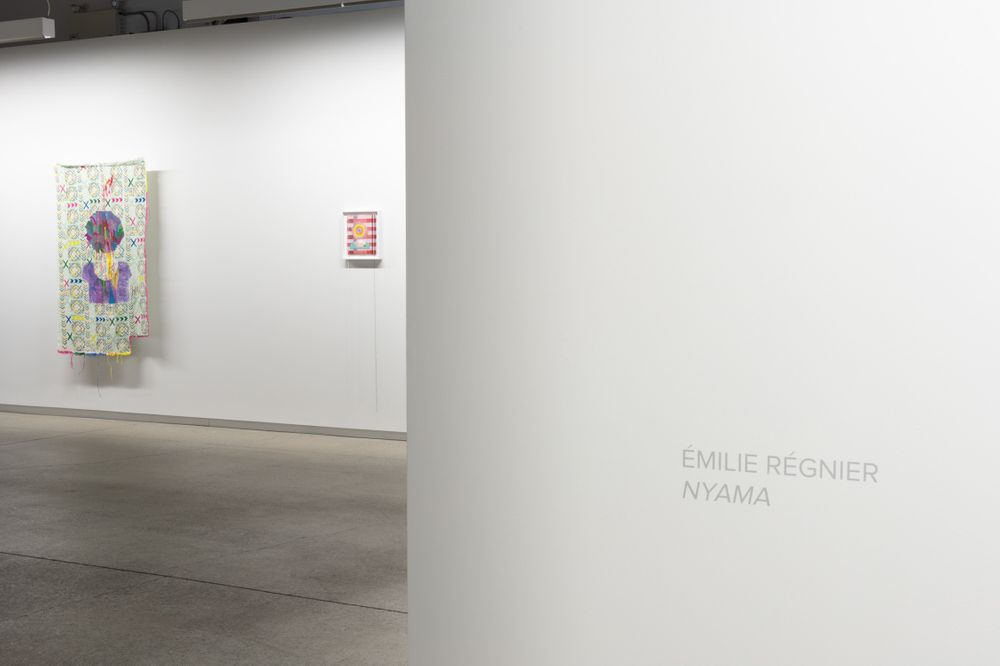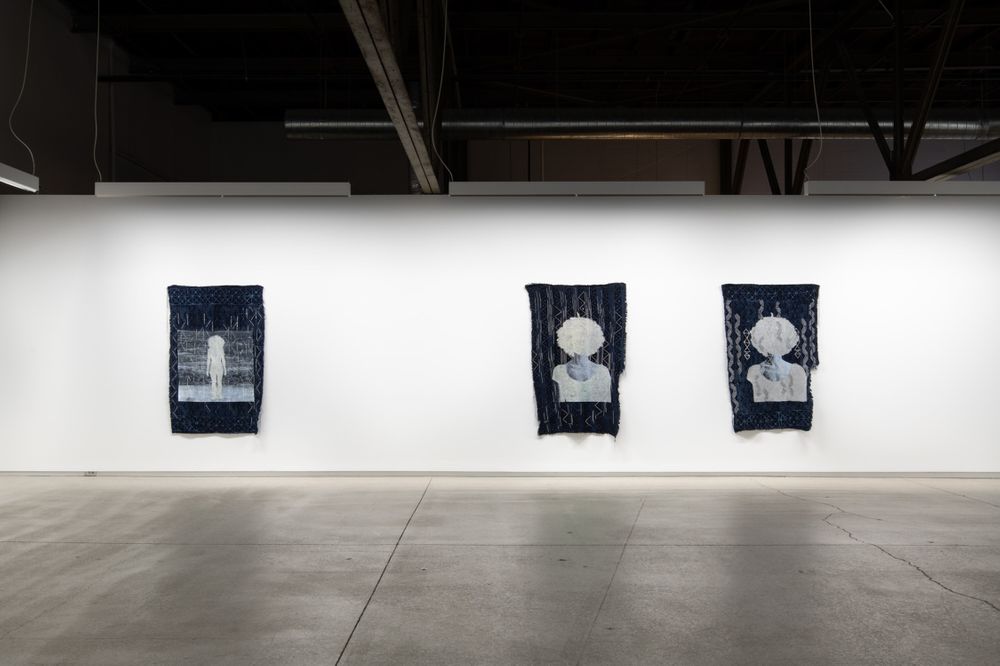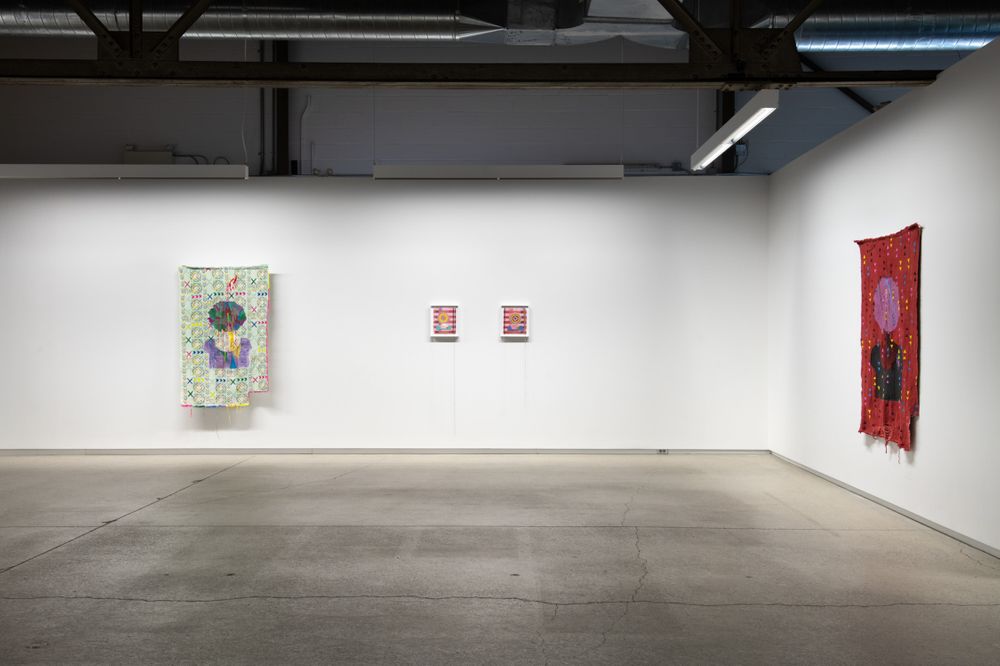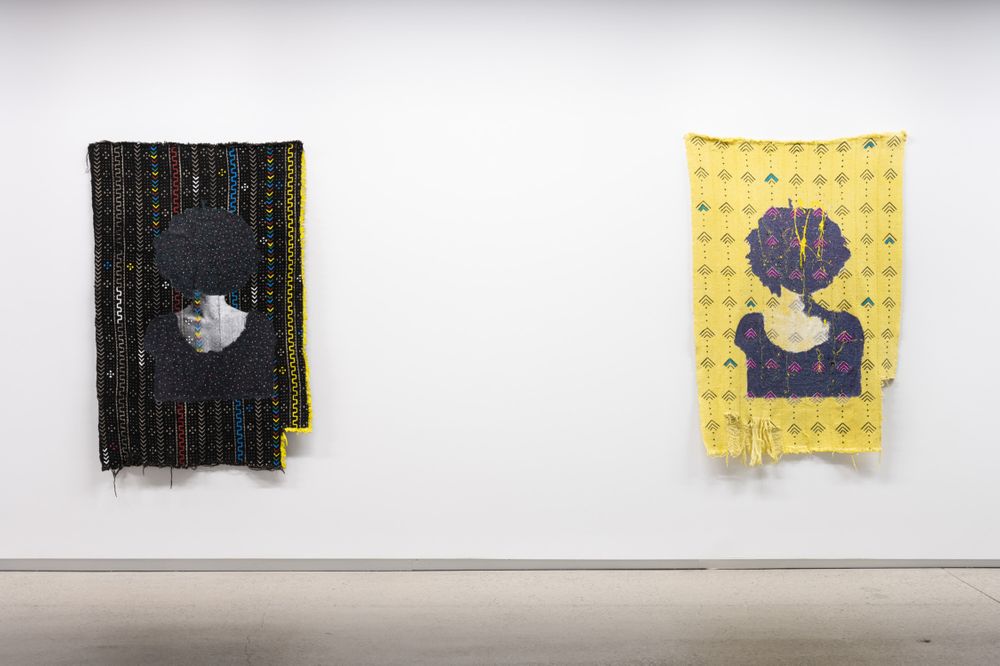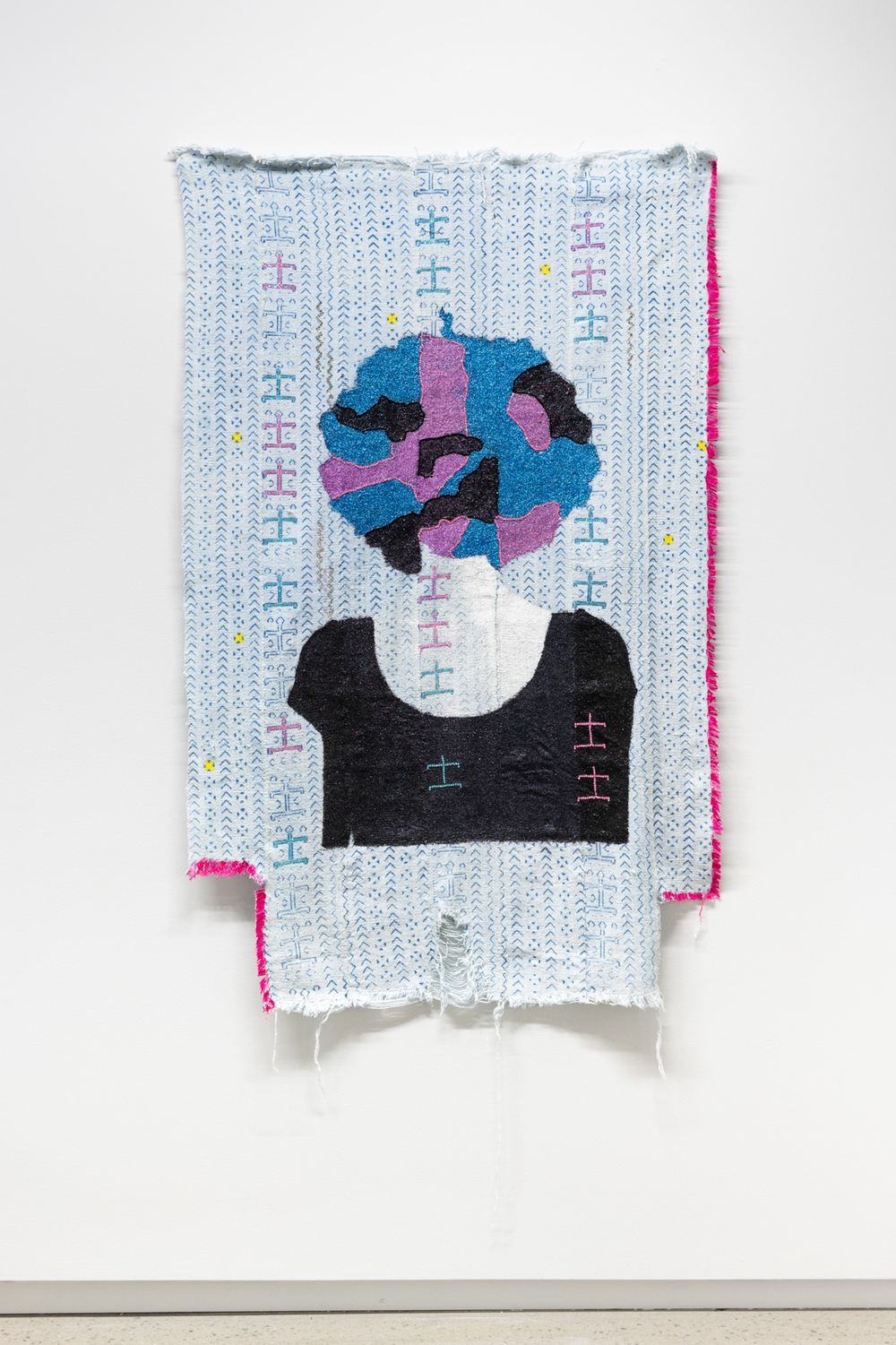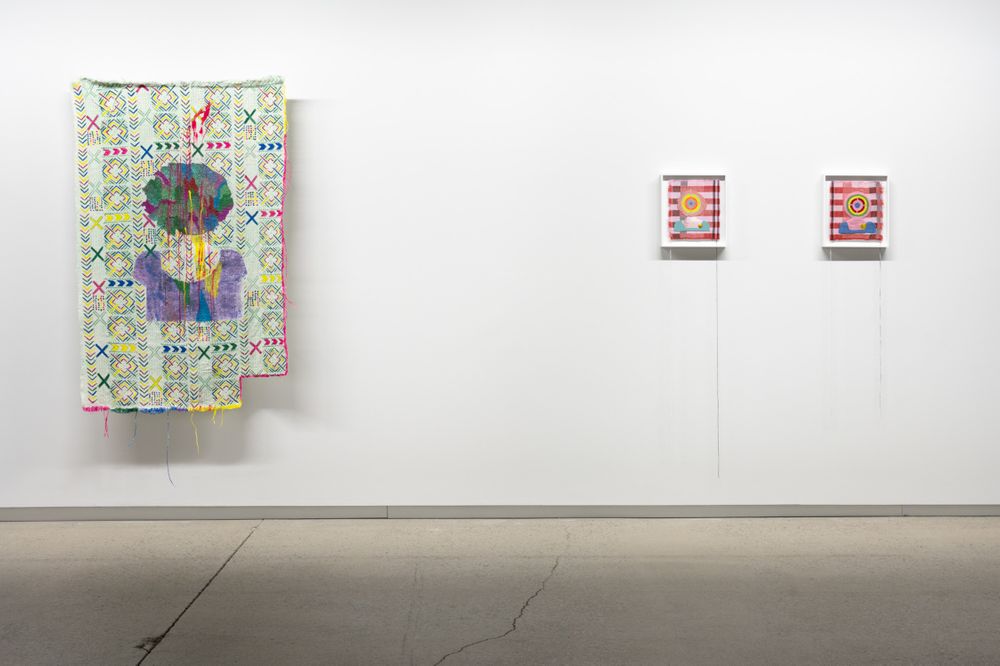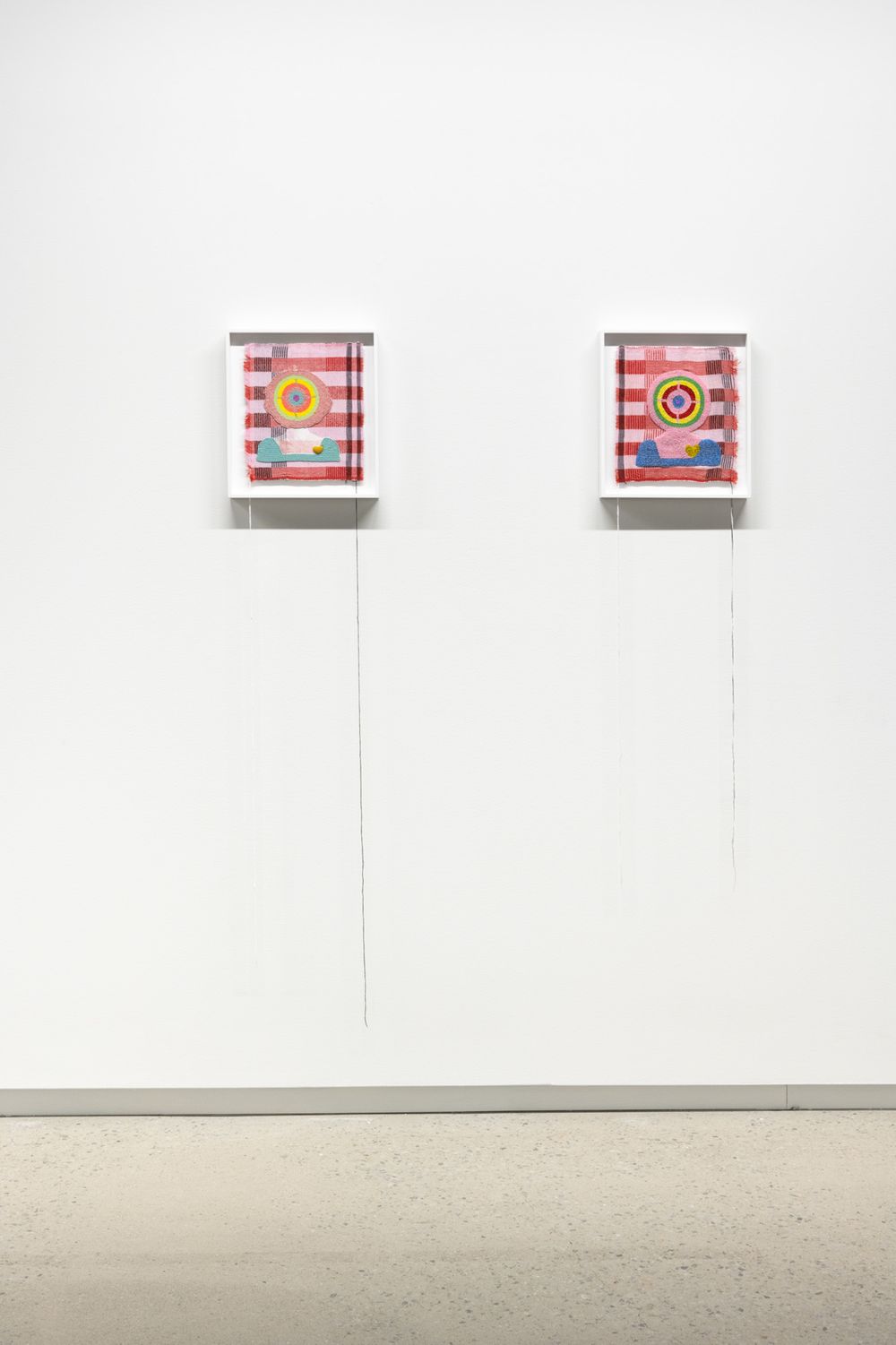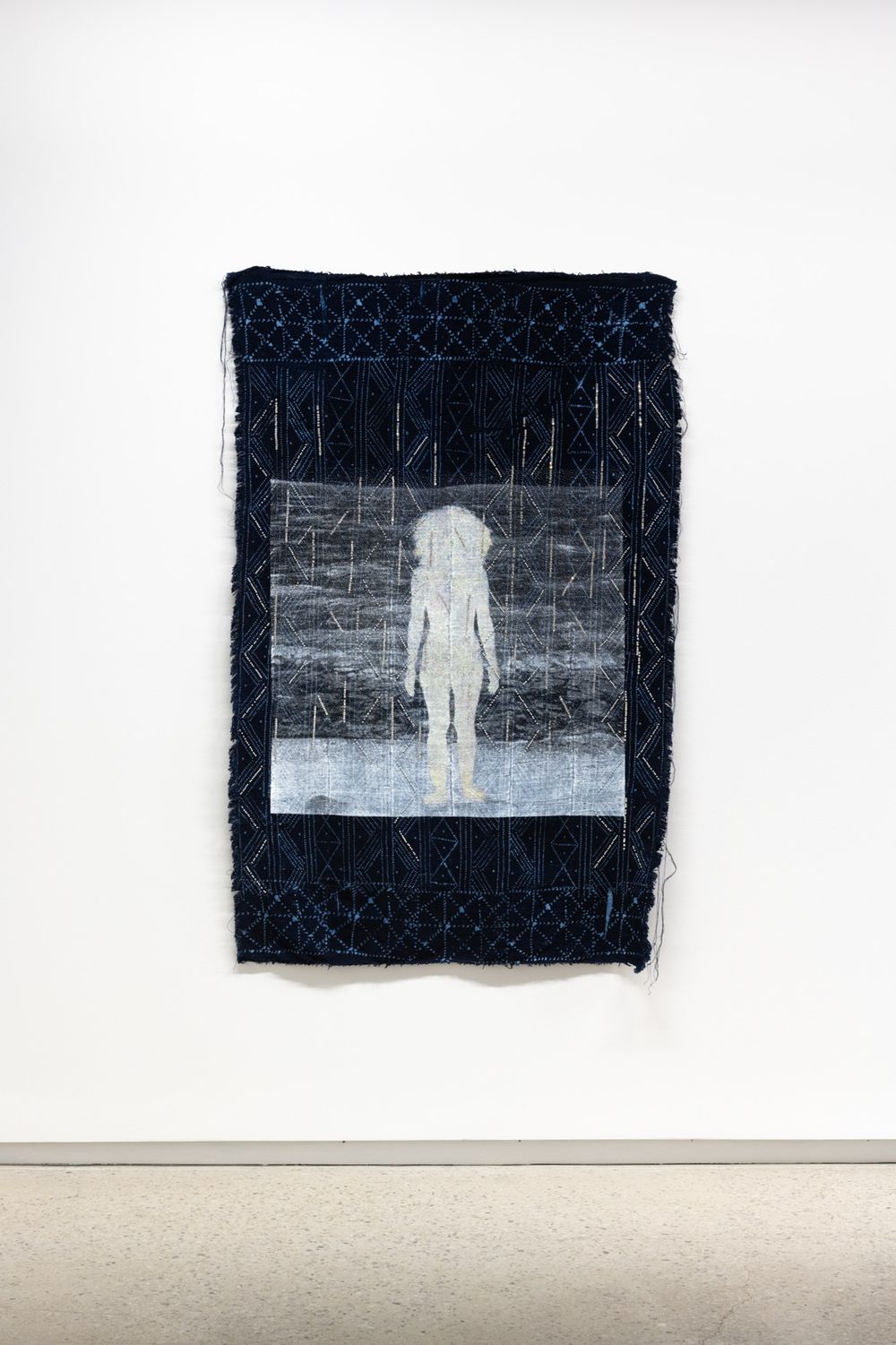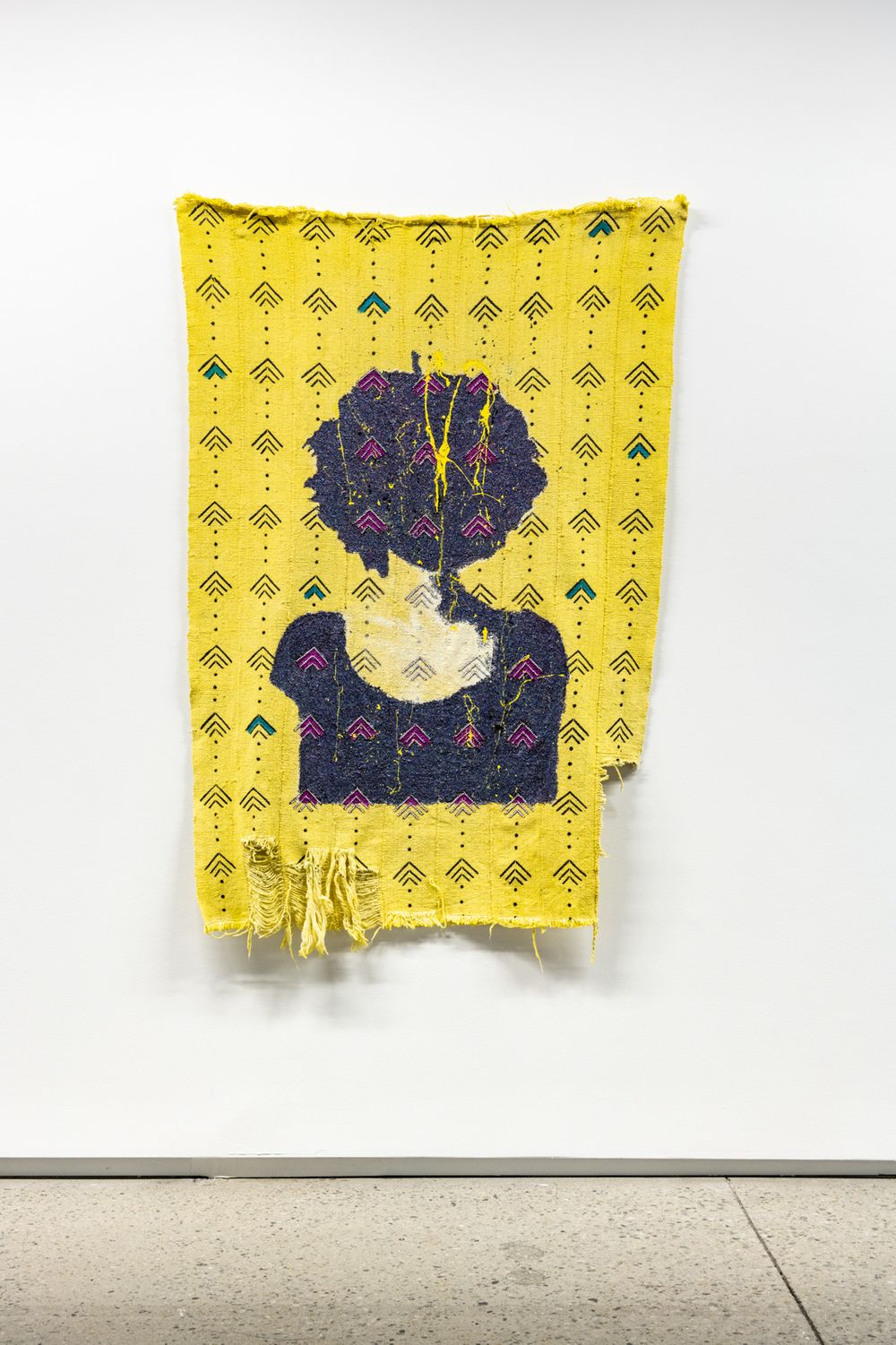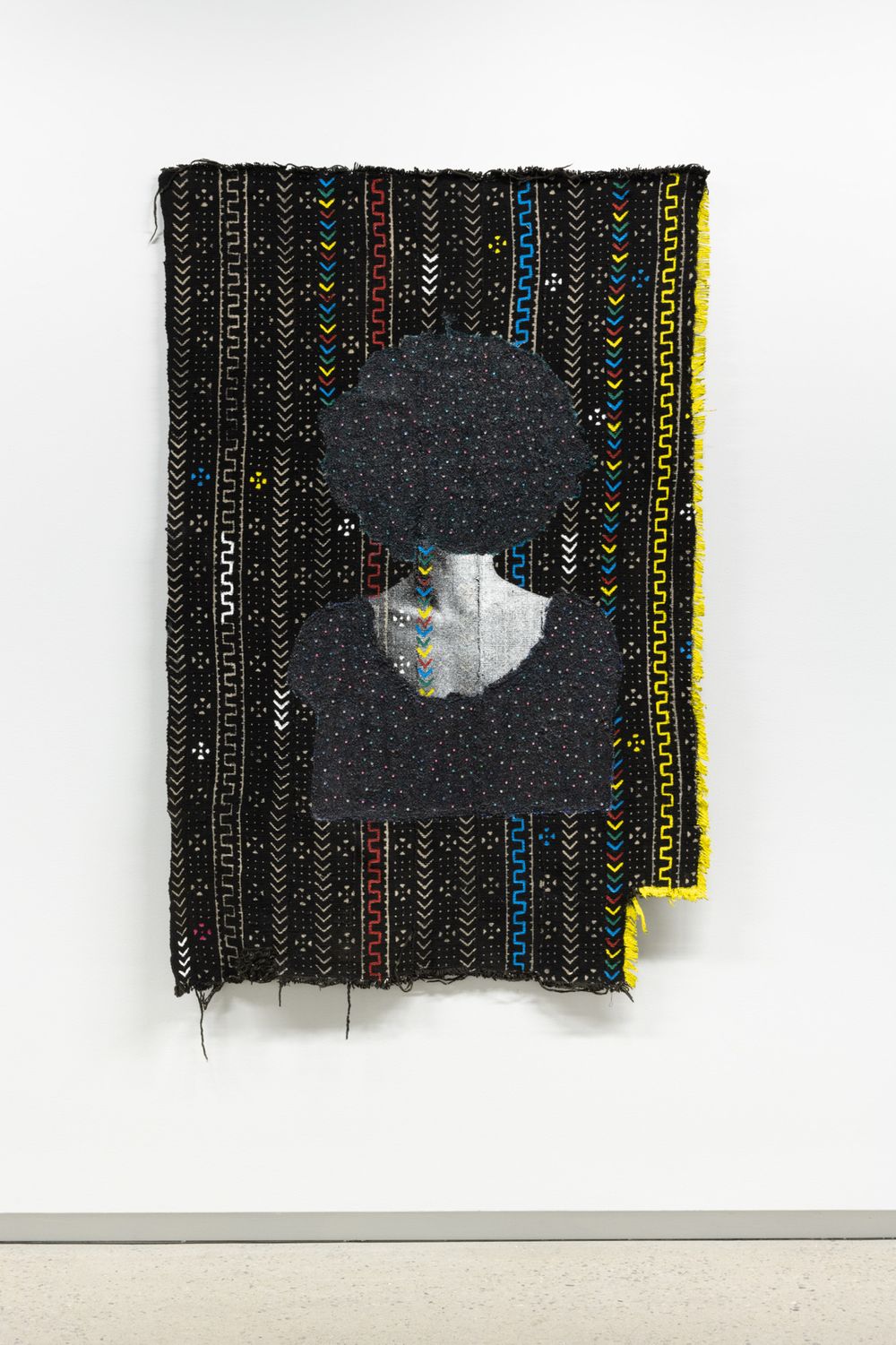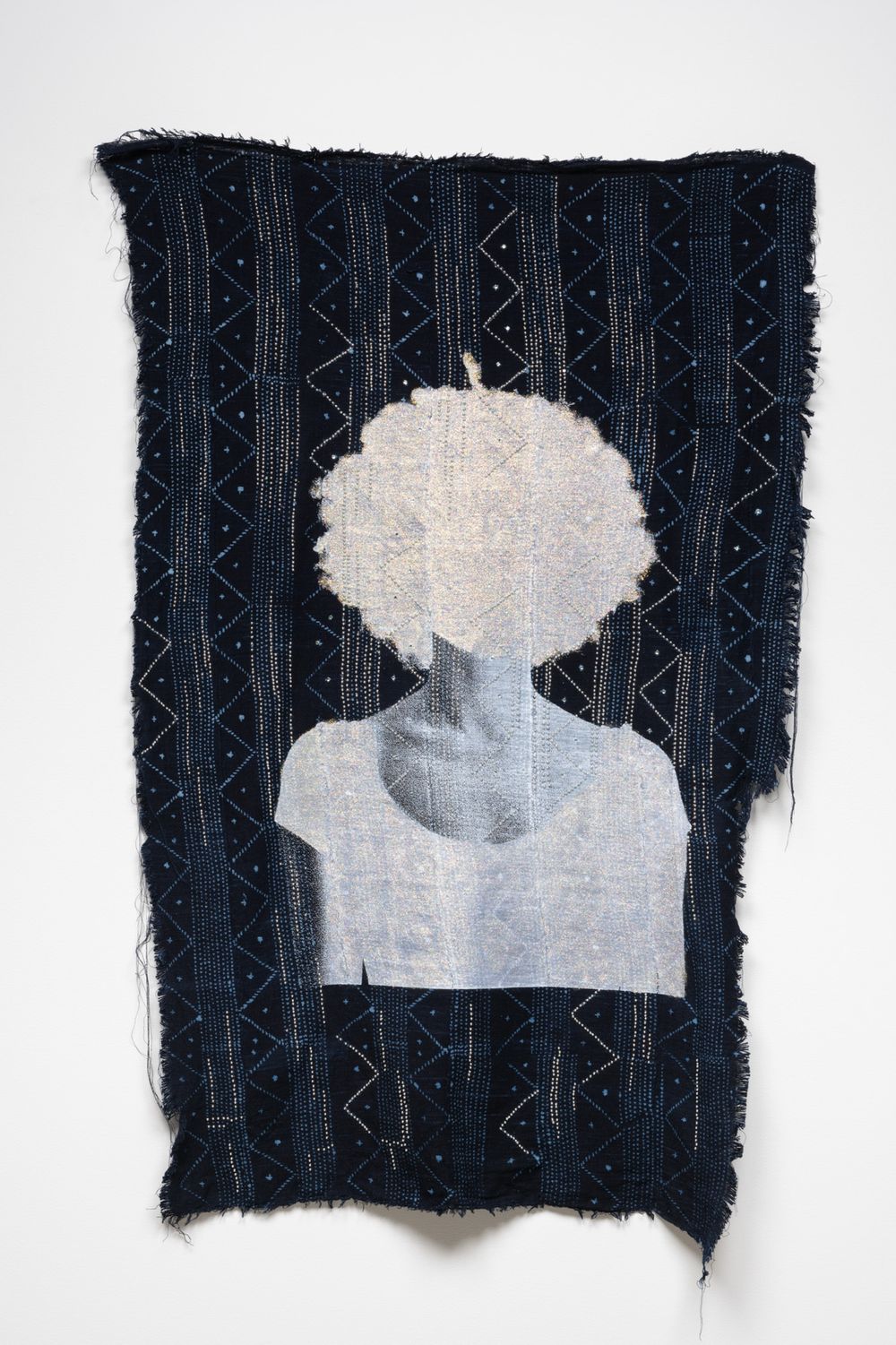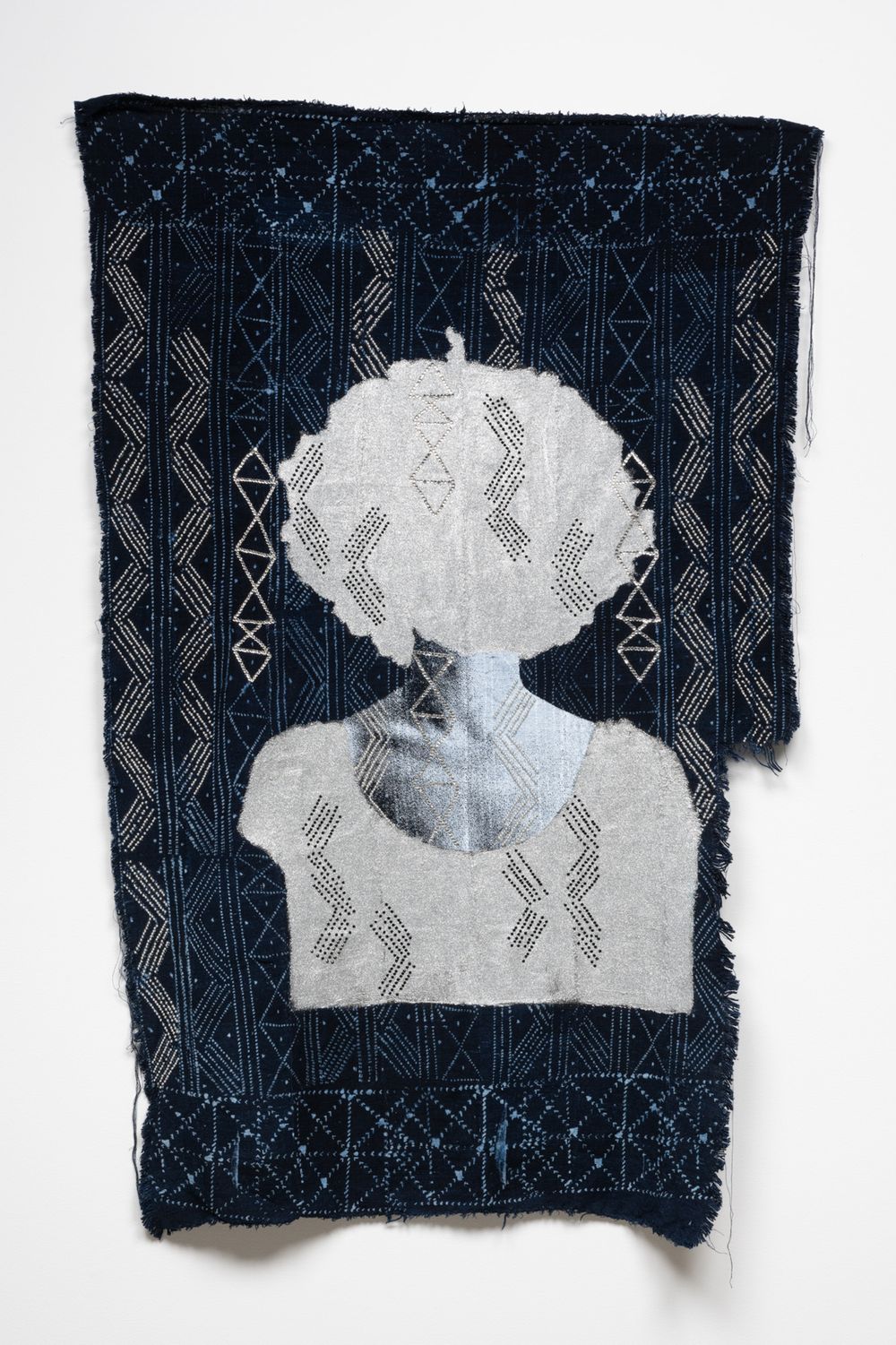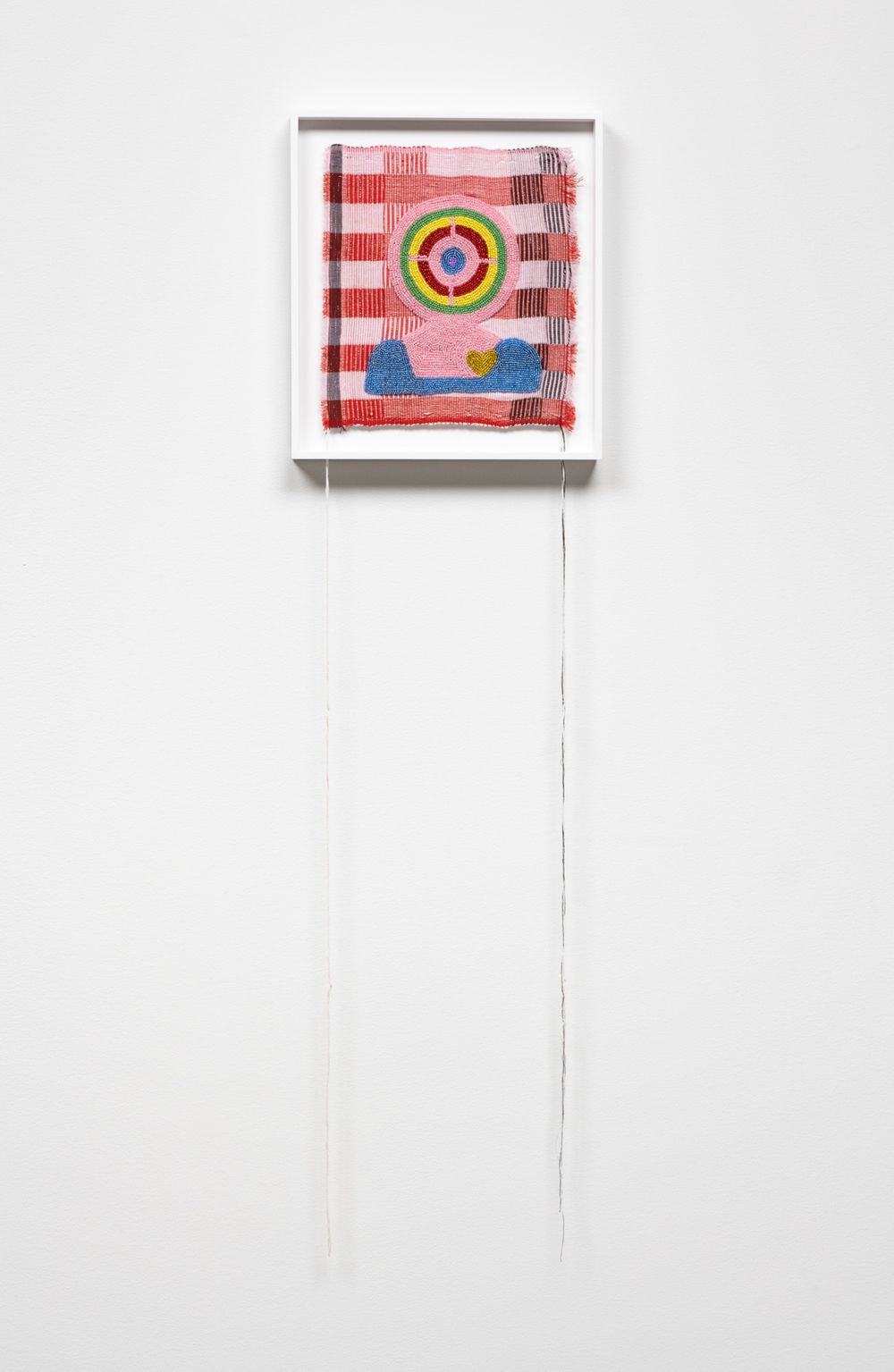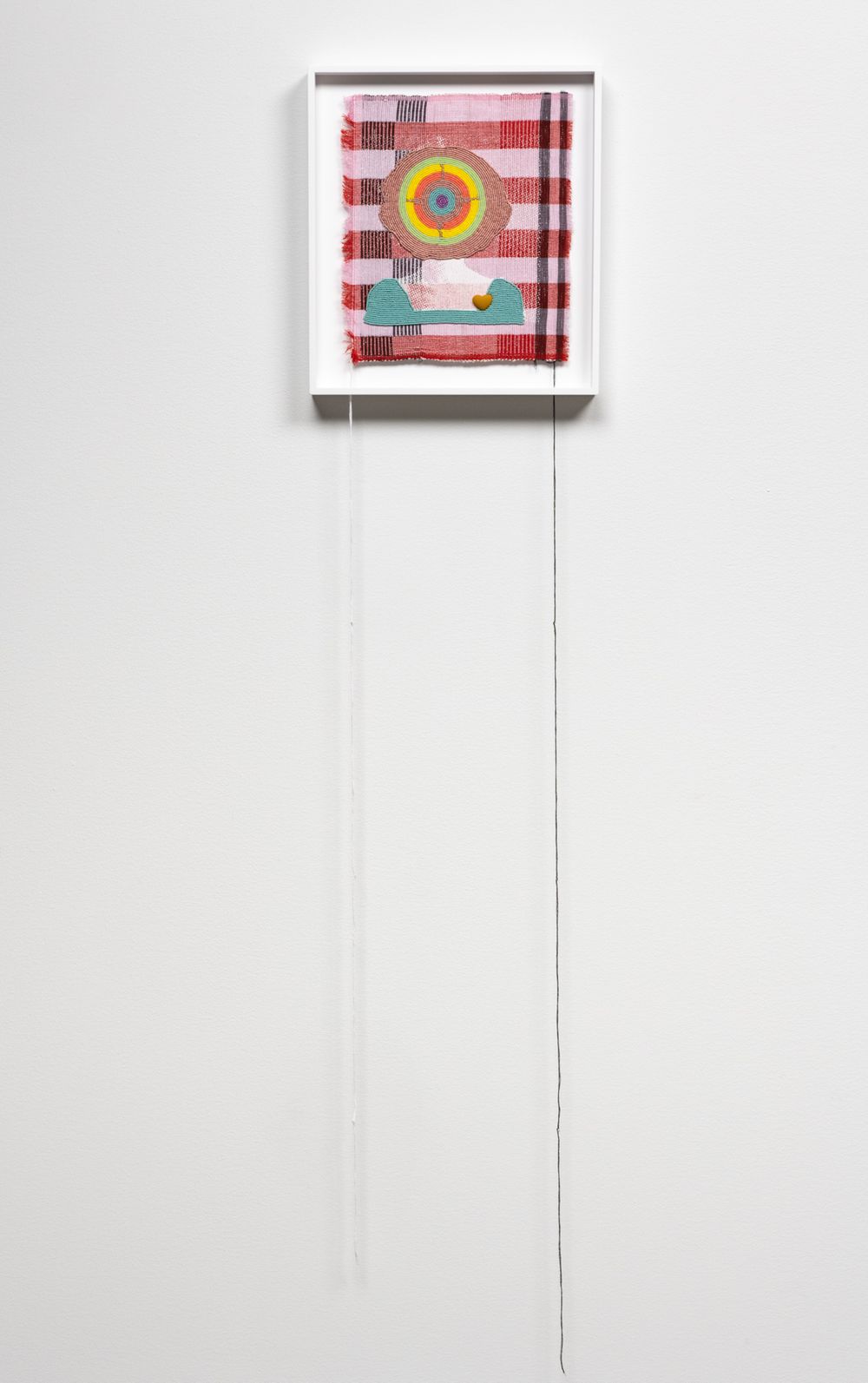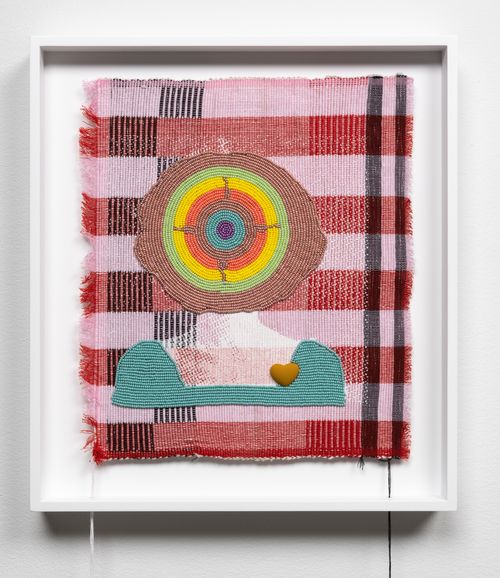
NYAMA
"I greet you, ancient Ocean!” You preserve on your crests the muffled boat of our births, your abysses are our very unconscious, plowed with fleeting memories.
-Édouard Glissant
The bogolan* originally comes from Mali. It is made of vegetable dye and is highly symbolic among the Bambara. Traditionally used in animist societies for its protective capacities, its value has been gradually transformed since the colonial era and its production has expanded to border countries. Bogolan has appeared on fashion runways and in tourist stores. Perceived as "exotic", its patterns have left their mark on the Western imagination, legitimizing its artistic value since it comes from an Africa that is tribal, rural and rooted in tradition. Stripped of its initial symbolism, the motifs inherent to the bogolan are often used to address "Africanness", obscuring all nuances of ethnicity or country.
The choice to print my silhouette on this fabric, that is both sacred and a sign of cultural appropriation, is a way to reclaim a small part of a heritage that was robbed by the transatlantic slave trade, and to address the tensions associated with a mixed-race identity fragmented between diverse backgrounds through deportation and immigration.
While representing my body imprint without clearly revealing my identity, these images highlight my gender and racial affiliation. These portraits may represent several million black women. My body then becomes a symbol of a much larger group, historically judged by its physical appearance, perceived as both hyper-visible and invisible.
It is to free myself from the weight associated with skin color that I decided to rework the interior of the silhouettes with glittering powder. I wish to approach the notion of soul, spirituality and the possibility of an interior dimension that defies the limits of rational thought. I do this by using as a support a fabric made of earth and cotton, to which one attributes a power of protection against occult forces.
-Émilie Régnier, May 2023
